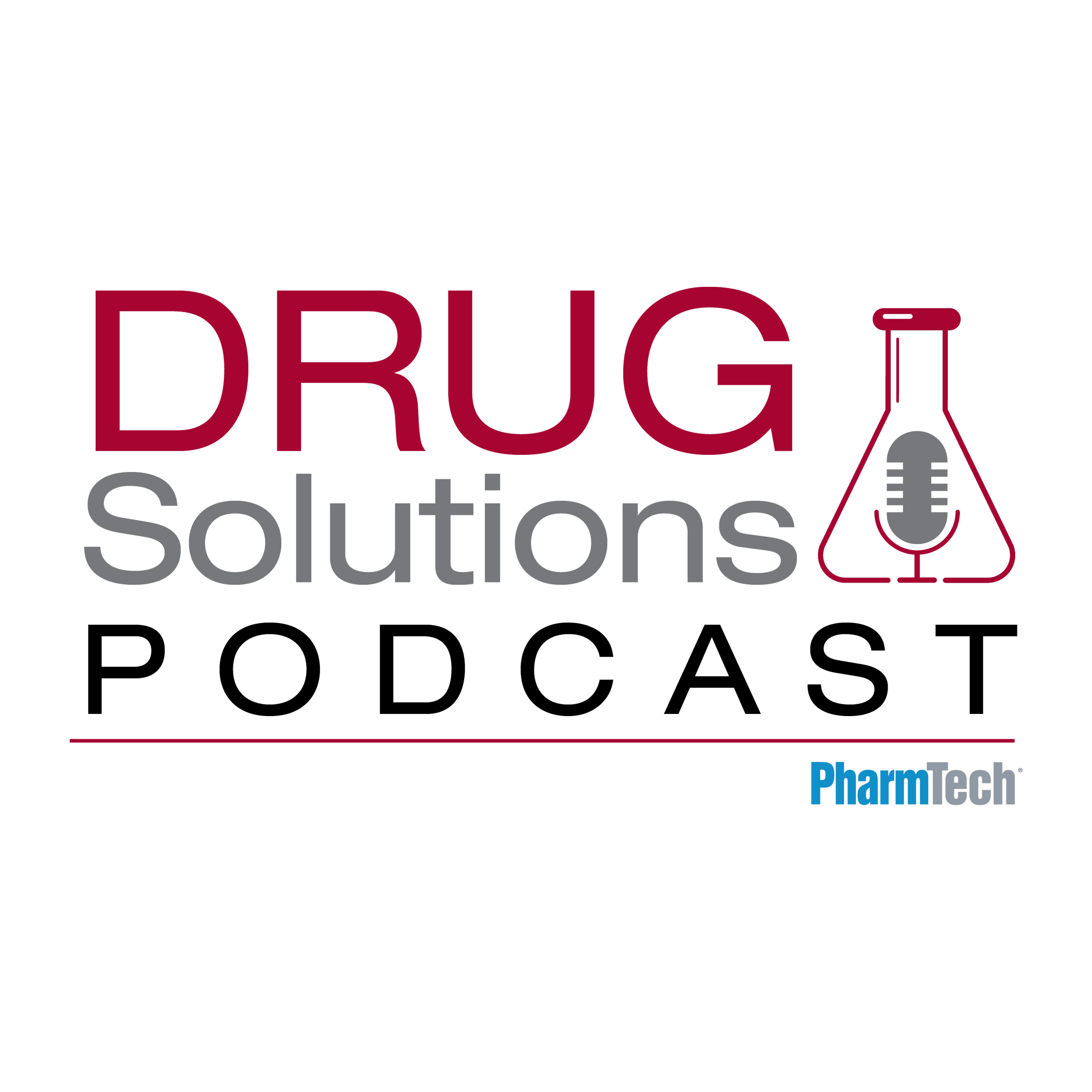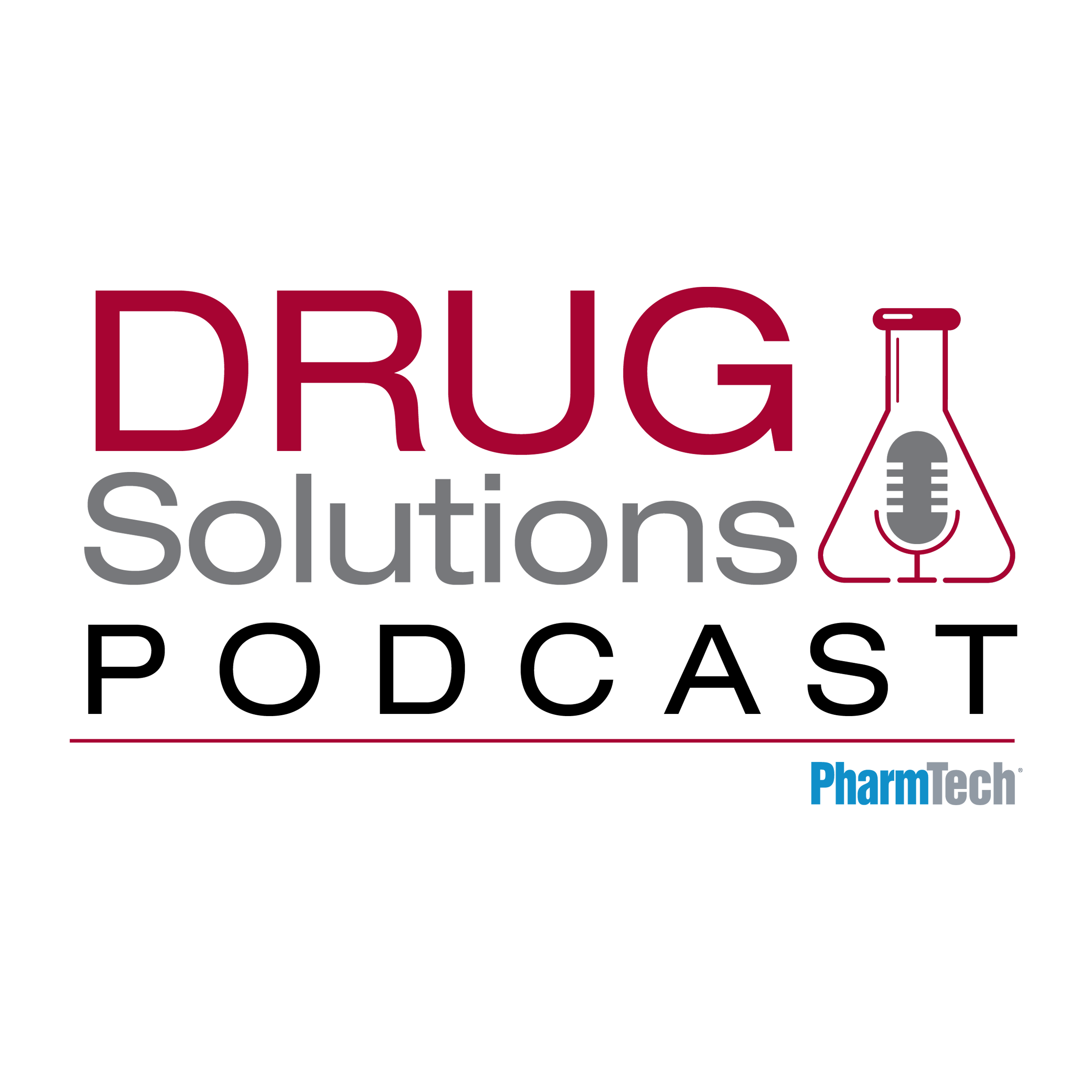News
Article
Equipment and Processing Report
Equipment and Processing Report
Developments in Producing Microspheres
Author(s):
New methods of encapsulation and filtering address scale-up challenges.
Microencapsulation is a promising drug delivery technology in which APIs are encapsulated with a natural or synthetic material that targets delivery by controlling the API’s release. Microsphere drug-delivery systems are used commercially and in many developmental products for both small molecules and biopharmaceuticals.
Conventional technology for microencapsulation involves emulsification in a specially designed homogenizer. Although current technologies enable adequate dispersion, the ability to easily scale up to commercial production is a significant hurdle, says Frank de Jong, CEO of EmulTech, which has developed a new technology that solves the scale-up challenge and has advantages in reproducibility and process control. EmulTech's microfluidic platform was a finalist for best innovation in formulation in the 2013 CPhI Pharma awards. The Emulsion Technology for Microencapsulates (ET4ME) technology produces highly uniform microspheres, and the process can be controlled to make spheres of any size.
The EmulTech system uses simple scaleup from a single-channel device that produces in the mg/h scale to a multi-channel device (MCD) with up to 400 channels that produces on the laboratory or preclinical scale of up to 100 g/h. A stack of MCDs can produce hundreds of grams up to the kg/h range, and the company is currently preparing to deliver its first clinical-scale equipment. Because the process parameters are strictly controlled, the process has reproducibility from batch to batch and from smaller to larger scale, adds de Jong. ET4ME operates at a much lower shear and temperature range than conventional technologies, making it useful for sensitive APIs such as biomolecules. ET4ME is a closed system with disposable parts, which simplifies operation under aseptic conditions and allows for easy sterile-suspension production. The ET4ME technology offers high control over droplet formation that produces a narrow particle size distribution. "Particle size control is crucial for microspheres," notes de Jong. "Particles that are too small can cause an immune response that leads to dose dumping. Particles that are too large can block the delivery device." Particles in the 30-90 micron range are used for subcutaneous applications. Particles in the 1-5 micron range are used in inhaled formulations, and particles in the 1-3 micron range are used in vaccines, says de Jong. Particles less than 1 micron are in the nanoparticle range, which puts them in a different category with different requirements.
Filtering, washing, and drying microsphere products
No matter which encapsulation technology is used, the resulting microspheres must be washed, filtered, classified by size, and dried. Sieving is commonly used to classify microspheres, but, although this method is readily achieved on a non-sterile laboratory scale, it is difficult to scale up to larger production, says Camille Flores, business development manager at Powder Systems Limited (PSL). Scale-up difficulties include mesh blocking, lengthy dry times, poor product recovery, and difficulty incorporating steam-in-place (SIP) sterilization. PSL's Microsphere Refiner was designed to address these challenges and can be used from laboratory through production scale. The Microsphere Refiner combines classification, filtration, cake washing, drying, and sterile product recovery in one system. When necessary, a scalping unit first removes the oversized particles, and then the refiner removes the undersized particles. The desired particles are then washed, filtered, and dried. An agitator and filtration system keeps the microspheres in suspension, which avoids the problem of mesh blocking. The refiner is operated under vacuum using a heated jacket for efficient drying. In addition, the refiner is SIP-capable and is tiltable to accommodate sterile discharge, explains Flores.
Technologies such as these should allow easier scale-up to commercial, sterile production as more microsphere products move from development to commercialization.
Newsletter
Get the essential updates shaping the future of pharma manufacturing and compliance—subscribe today to Pharmaceutical Technology and never miss a breakthrough.





